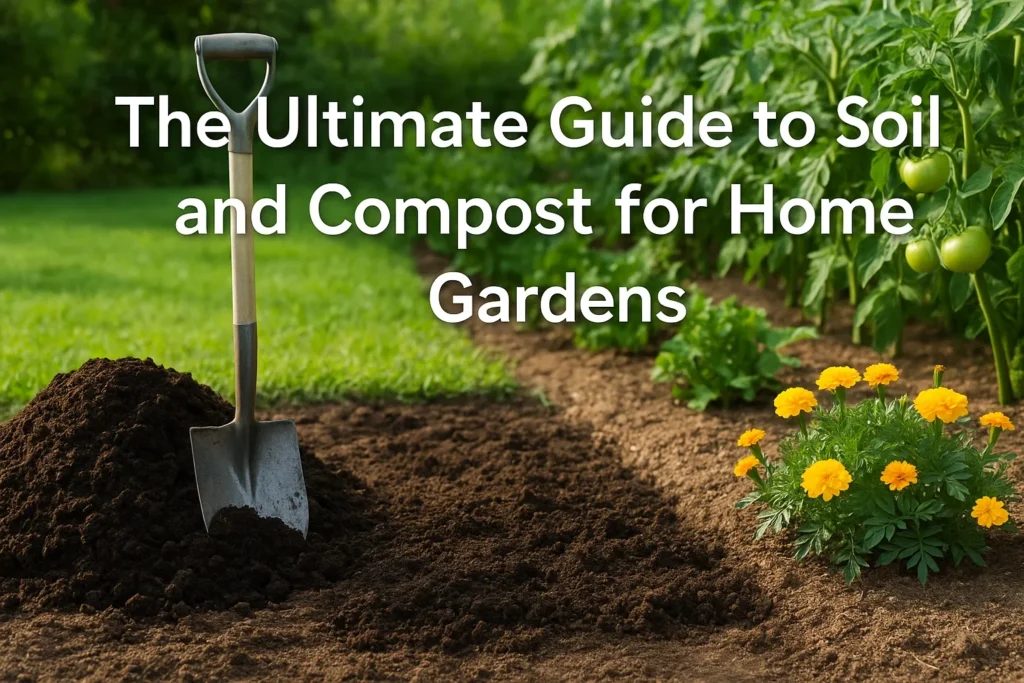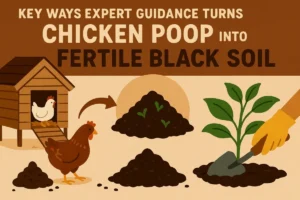Healthy soil doesn’t just hold your plants in place; it helps them grow, feeds them the nutrients they need, and keeps water where it belongs. When you add compost into the mix, it boosts the soil even more. Getting your garden in top shape starts from the ground up. This article will share some easy tips to help you pick and use the right soils and composts so your botanical growth can thrive.
Get to Know Your Soil First
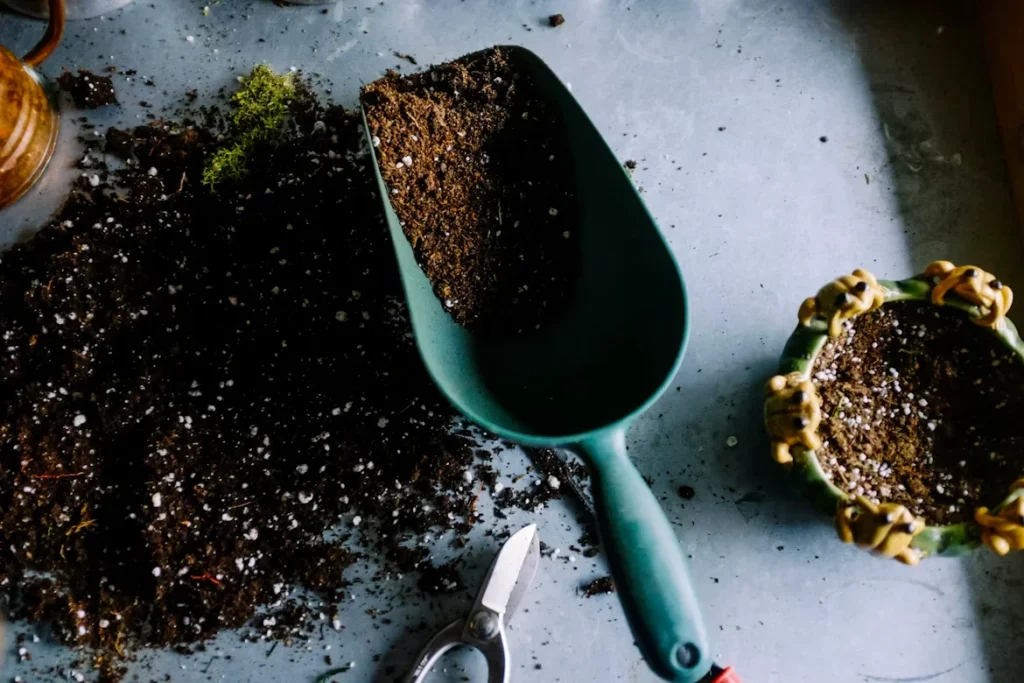
Soil comes in different types. Some areas have light, sandy soil, while others are dense with clay. Many gardeners are lucky to have loam, a balanced mix of both. Sandy soil drains quickly but doesn’t hold nutrients well. Clay soil retains moisture but can become compacted and hard. Loam offers the best of both worlds: it drains well while still holding onto essential nutrients near the roots.
Once you understand your ground type, you can make better decisions to improve it and help your plants thrive. A simple soil test kit can help you identify what you’re working with. Based on the results, you can add organic matter, compost, or sand to improve structure and fertility.
Pick the Right Compost for What You’re Growing
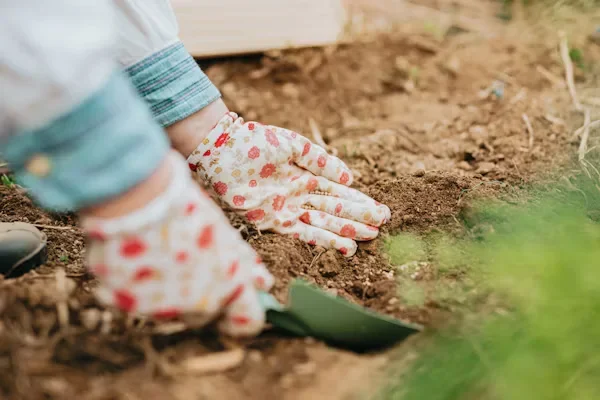
Compost feeds the microbes and boosts the natural nutrients plants need to grow. But not every compost is the same, because some types are better for veggies, while others suit lawns or flowering plants. If you’re planting tomatoes, capsicum, or herbs, go for compost with more nitrogen. That helps leafy greens grow lush and intense by encouraging healthy leaf and stem development.
For root vegetables like carrots or beets, a low-nitrogen compost may be better to avoid excess leaf growth. If you’re filling out flower beds, something more balanced will work best to support both blooms and overall plant structure.
Mix Compost and Soil for Stronger Results
Always remember that a good rule of thumb is to combine one part compost to three parts soil. This balanced mix improves texture and boosts nutrient availability. You can either dig it directly into the soil or simply spread it over your garden beds and let nature do the work as it gradually filters down.
The blend does wonders; it breaks up thick, heavy clay and adds structure to loose, sandy soil. Over time, this encourages healthier root systems, better moisture retention, and increased access to nutrients, giving your plants a stronger foundation to grow and thrive.
Mulch Helps Keep Soil Healthy Too
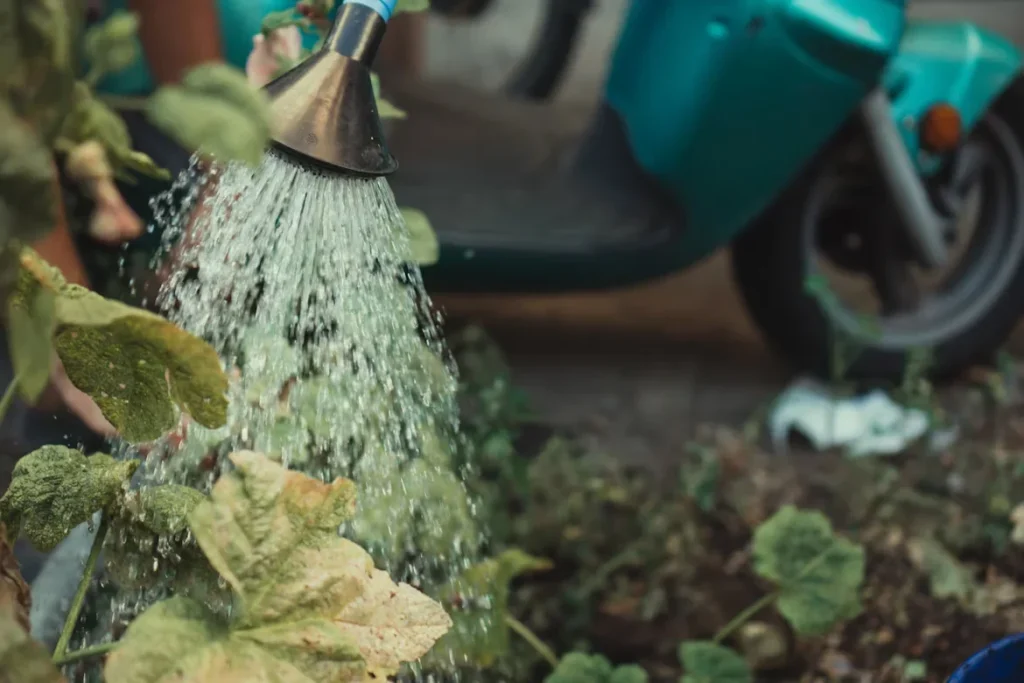
Keep in mind that mulch isn’t the same as compost, but it plays an important role in keeping your soil in good shape over time. Mulch acts as a protective blanket. It helps the ground stay cool, shields plant roots from extreme temperatures, and prevents weeds from taking over. It also slows down evaporation, helping the soil retain moisture longer during hot weather.
Just be careful not to pile it too close to the base of plants, as this can trap excess moisture and lead to root rot or fungal issues, on top of all that, mulch gives your garden a clean, tidy look.
Move Compost Around the Garden Seasonally
If you’re making your compost at home, don’t apply it to the same garden spot every time. Rotate its use so different areas get the benefit. Some parts of your yard might need more help than others, especially if the soil drains poorly or lacks organic matter. By spreading compost throughout your lawn over the seasons, you ensure that all your plants get a boost over time. This not only supports even growth but also helps you identify trouble spots, whether they need better drainage, a bit more sand, or an extra dose of nutrients for healthier soil and stronger plants.
Buy from Suppliers You Can Trust
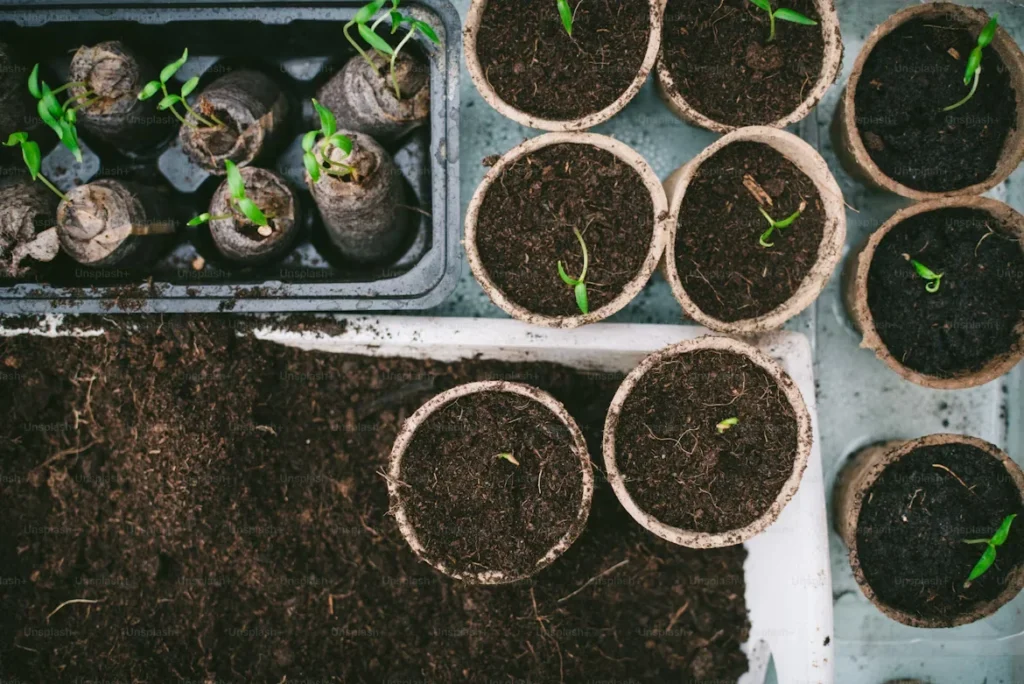
Good products are tested, free from chemicals, and often blended for your area’s climate and needs. Your local nursery or a reliable supplier often knows what your backyard needs based on the weather and soil types around you. Cheap bulk soil can sometimes come packed with weeds or unwanted debris. So, even if you pay a little more, better compost and soil mean better plant health in the long run.
Focus on What Works Best for Your Garden
Sometimes your veggies might need a top-up of nutrients mid-season, especially after heavy harvesting or rainfall that leaches minerals from the soil. Your lawn beds may also require improved drainage if water pools or the soil stays soggy for too long. Be sure to stick with a few trusted soil and compost products, and keep a simple notebook or digital log of what worked best each season.
That way, you won’t have to start from scratch every time. Gardening involves a bit of trial and error, but as you get to know what your soil responds to, you’ll notice stronger, healthier, and more vibrant plant growth.
Feed Your Soil, Grow With Confidence
When you take the time to understand your yard, add what’s needed, and care for it through the changing seasons, your botanical growth will reward you with bright blooms, tasty crops, and strong, resilient development. Gardening isn’t just about what’s above the ground; it starts with the life below the surface. So grab garden tools like a shovel, mix in that compost, and give your ground the attention it deserves. With the right blend beneath your feet, your backyard will become not just a garden, but a thriving ecosystem that grows richer, healthier, and more beautiful year after year.






